Dr. Kim McBreen

Allan Wilson Centre for Molecular Ecology and Evolution,
Institute of Molecular BioSciences
Massey University
Palmerston North
New Zealand
Email: K.S.McBreen@Massey.ac.nz
Tel: 6463569099
Fax: 6463505622
http://awcmee.massey.ac.nz
In the mid-1970’s Allan Wilson’s group suggested that a small number of
regulatory genes may have been responsible for the evolution of major differences
in plant form (King & Wilson 1975; Cherry, Case & Wilson 1978). These “biodiversity
genes” are as yet unidentified. While the model plant Arabidopsis thaliana provides
an excellent resource, it will be studies of her close relatives that are most likely
to provide answers to such a question (Mitchell-Olds 2001), particularly if a closely
related group has undergone a rapid radiation (Remington & Purugganan 2002). The New
Zealand Pachycladon group provides just such an opportunity.
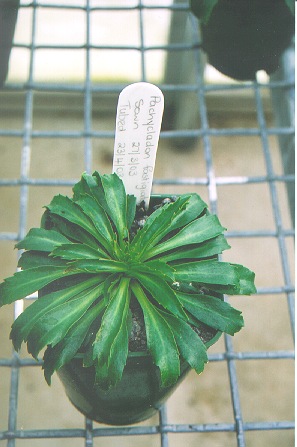
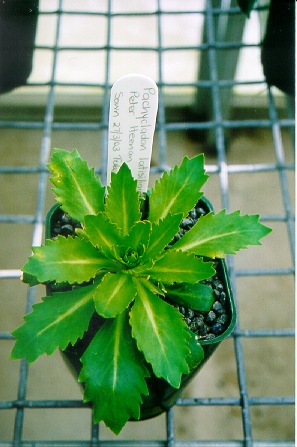
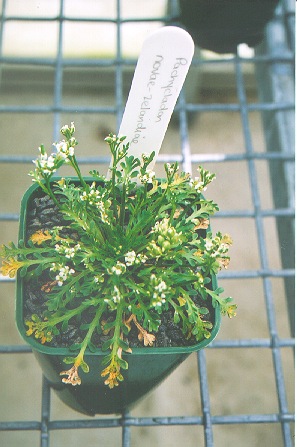
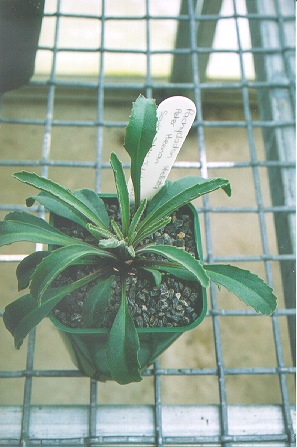
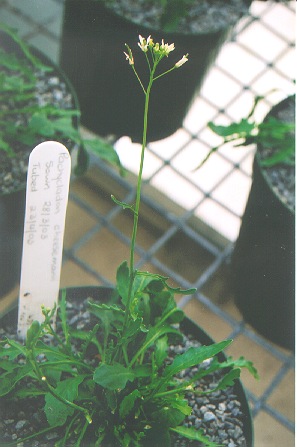
Current estimates suggest that ancestors of Arabidopsis and the New Zealand endemic
genus Pachycladon diverged ca. 10 Myr ago, and that the Pachycladon complex underwent
a rapid radiation originating 1-3.5 Myr ago (Heenan et al. 2002) giving rise to 6-10
morphologically and ecologically diverse species (Heenan & Mitchell 2003). Species
differ in growth habit, whether they are mono- or polycarpic, as well as in leaf and
inflorescence morphology. Some are alpine, whilst others are montane and lowland.
As would be expected from a close phylogenetic relationship to Arabidopsis and recent
radiation, there is little molecular differentiation between species in a nuclear
non-coding marker (Mitchell & Heenan 2000), and coding genes (McBreen et al. unpub.
data). I am helping to investigate the potential of Pachycladon as a model system
for helping to understand the genetics underlying morphological and ecological
diversification in plants.
|